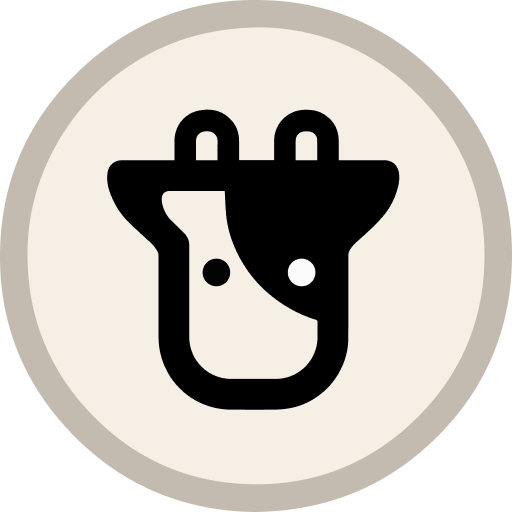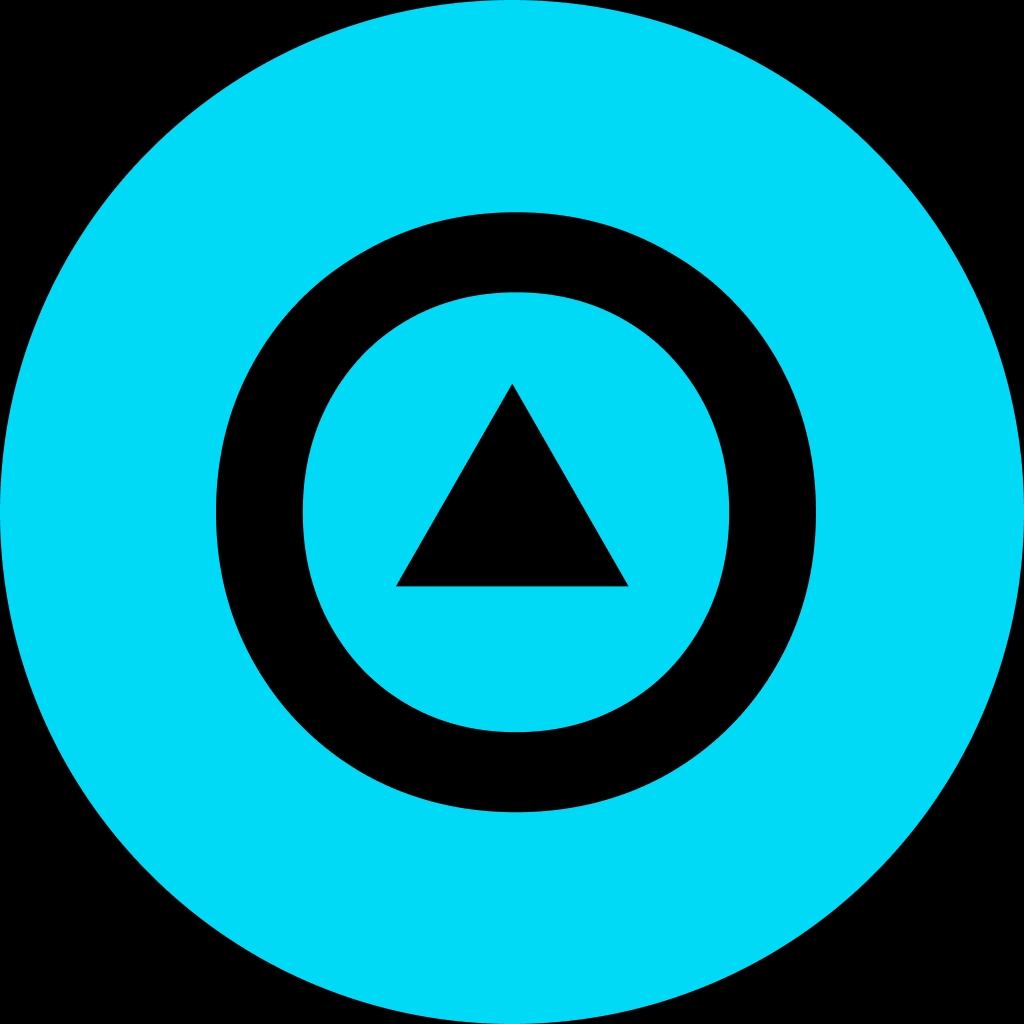Pi Network Etherscan: Bridging Two Ecosystems

Introduction
The cryptocurrency landscape is rapidly evolving, bringing together diverse projects and communities. Few projects have generated as much grassroots excitement as Pi Network, a mobile-first crypto platform designed to promote accessible and user-friendly digital currency mining. Meanwhile, Etherscan stands out as the go-to blockchain explorer for the Ethereum ecosystem. The intersection of "Pi Network" and "Etherscan" sparks curiosity: how can these two contrasting yet complementary platforms play together, and what does their convergence mean for users and the wider blockchain industry?
Concept Introduction
What is Pi Network?
Pi Network is renowned for its aim to democratize cryptocurrency by enabling users to mine coins from their mobile devices without draining battery or environmental resources. Instead of computational mining, Pi uses a social consensus mechanism, inviting everyday users to participate in building a peer-to-peer decentralized system.
What is Etherscan?
Etherscan is a widely trusted Ethereum blockchain explorer. It provides transparent, real-time access to Ethereum transactions, smart contracts, token balances, and address histories. For many, Etherscan is the standard tool for verifying activity, mitigating fraud, and discovering new trends within the Ethereum world.
Historical Background or Origin
The Rise of Pi Network
Launched in 2019 by a team of Stanford graduates, Pi Network quickly grew a passionate user base. By lowering the technical barrier to entry, it welcomed millions of first-time crypto users, encouraging participation through referrals and social mining circles. Pi's eventual goal is to migrate from its interim testnet to a fully public blockchain.
Etherscan’s Roots
Since its inception in 2015, Etherscan has become synonymous with Ethereum transparency. The platform was developed as a solution for users wanting to independently verify what’s happening on the Ethereum blockchain, including token launches, DeFi protocols, and NFT transactions.
Working Mechanism
Does Pi Network Run on Ethereum?
As of now, Pi Network operates on its native testnet and is progressively transitioning to its mainnet. However, as the crypto space matures, projects often seek interoperability—the ability to connect with other blockchains for wider utility. Integrations, bridges, and token representations can be built to make Pi interact with Ethereum-compatible systems.
How Does Etherscan Factor In?
When a token or asset like Pi is bridged or represented on Ethereum, its transactions become visible and trackable on Etherscan. This allows users to:
- Monitor Pi token movement: For wrapped versions of Pi or Pi-backed assets on Ethereum, every transaction can be traced.
- Verify token contracts: Learn about official—or unofficial—Pi tokens, ensuring you engage only with verified assets.
- Explore community engagement: See the popularity, transfers, and holders of any ERC-20 Pi-related replicas.
Example Scenario
Suppose Pi Network releases an official Pi ERC-20 token on Ethereum to help users trade or participate in DeFi. Every transfer, swap, or smart contract interaction involving this token is indexed by Etherscan, providing an open window into blockchain activity.
Benefits of Interoperability
The compatibility between networks, audited by explorers like Etherscan, brings multiple advantages:
- Transparency: Users can verify supply, transactions, and address balances without central intermediaries.
- Trust: With everything on-chain, users avoid the pitfalls of scams, rug pulls, or unauthorized activity.
- Utility: Pi representations on Ethereum can be used for lending, swapping, staking, or even NFT minting.
Benefits or Advantages
Enhanced Security and Verification
Etherscan’s public ledger is the antidote to opacity. Any Pi-related token on Ethereum becomes instantly auditable by anyone, reducing chances for errors or fraud. This also empowers new entrants to check their balances or transaction statuses without relying solely on third-party apps.
Encouraging Broader Participation
Pi Network’s mobile-friendly approach ignites grassroots adoption. When combined with Ethereum’s vast DeFi ecosystem—accessible via platforms like Bitget Exchange—Pi holders gain access to advanced trading features, liquidity pools, and new financial products.
Fostering Ecosystem Growth
The synergy between platforms gives developers new building blocks. Smart contracts referencing Pi derivatives can open new avenues for utility, be it cross-chain games, merchant payments, or decentralized social networks.
Seamless User Experience
By using Bitget Wallet, users can manage both Pi and Ethereum-based tokens from a unified, Web3-friendly interface. This enables easy asset transfers, secure storage, and participation in DeFi or NFT markets—all while benefiting from Bitget Wallet’s robust security architecture.
Additional Notes
Caution on Imitations
While many community-driven efforts list Pi tokens on Ethereum, not all are official. Use Etherscan’s verification features to confirm a token’s legitimacy. Open-source contract code, community audits, and official announcements remain important signposts.
Future Potential: When Pi Mainnet Fully Launches
Once Pi Network’s mainnet launches and supports external smart contracts, even deeper cross-chain interoperability becomes possible. Oracle networks may bridge price and supply data between Pi and Ethereum, possibly monitored and audited via Etherscan-like tools for multiple chains.
Educational Value
Exploring Pi-related contracts or wrapped assets on Etherscan serves as a valuable lesson on how blockchain transparency works. Newcomers can learn to:
- Track wallet activity
- Interpret token contract code
- Identify and avoid spam or scam tokens
Conclusion or Future Outlook
The promise of combining Pi Network’s wide reach with Ethereum’s powerhouse smart contracts—viewed through the lens of Etherscan—signals a future where decentralized assets move seamlessly between ecosystems. Individuals benefit from transparency, utility, and greater connectedness. As more projects pursue interoperability, expect new bridges, wrappers, and innovations to emerge. Whether you’re a novice or an experienced crypto enthusiast, leveraging tools like Bitget Exchange and Bitget Wallet ensures your journey across Pi, Ethereum, and beyond is secure, user-friendly, and full of opportunity. The frontier of blockchain isn’t just about separate networks—it’s about how these powerful tools work together for everyone.























